COP21 is the annual UN conference on climate and climate change. This year’s COP meeting is in Paris from 30th November to 11th December. COP brings together leaders from around the world to achieve a legally binding agreement on the climate, with the aim to keeping global warming below 2°C. SINTEF’s Executive Vice President Sustainability, Nils Røkke will attend COP21 from 7th to 10th December. In three COP21 mini-blogs – we will present three climate technology cases where Norway has a lot to offer: Storing carbon dioxide under the North Sea, Norway as Europe’s battery and wind farms at sea along the Norwegian coast.
What: Burning fossil fuels emits CO2; capturing carbon dioxide (CO2), transporting and storing it (CCS) can reduce the impact of these emissions.
Global climate benefits: The International Energy Agency believes CCS is the third-most important contribution to reducing CO2 emissions globally.
Is the technology ready? Yes, the technology for capture can be established as quickly as any other factory or power plant. The technology must still be optimized, and the most time-consuming step is qualifying CO2 storage sites which typically takes 6–10 years.
Why CCS is important for Norway:
- CCS can make Norwegian gas climate neutral and thus more attractive.
- Norway is one of only a few countries in Europe that has CCS projects underway and thus can share experiences, expertise and professionals with the world.
- Norway has some of the world’s leading research and educational institutions working on CCS.
- Norway can capitalize on its North Sea storage and take an international leadership role, and become Europe’s CO2 bank.
- By focusing on CCS as a mitigation strategy, Norway will help reduce global emissions, and will also create jobs in Norway.
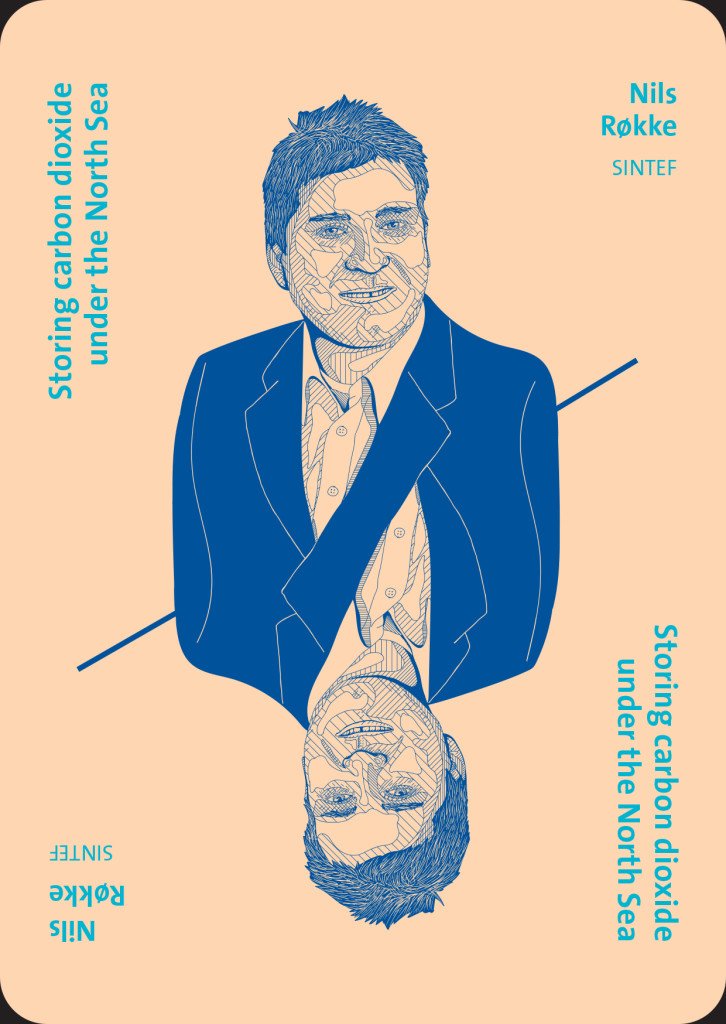
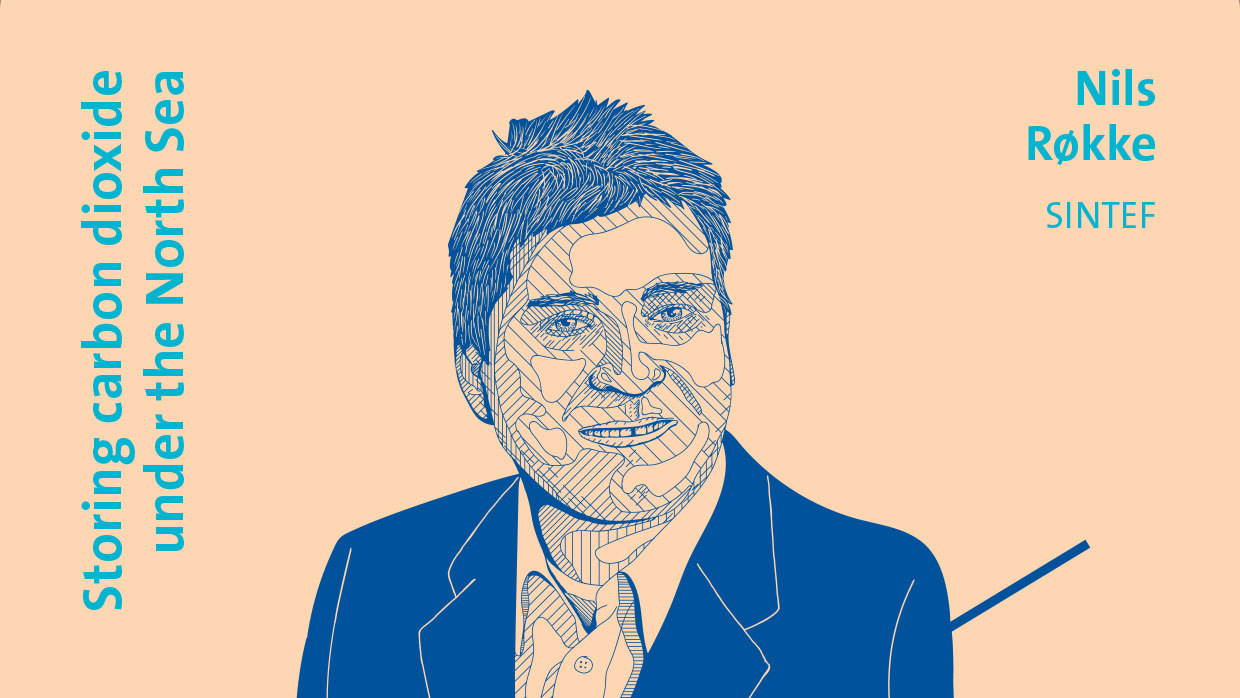
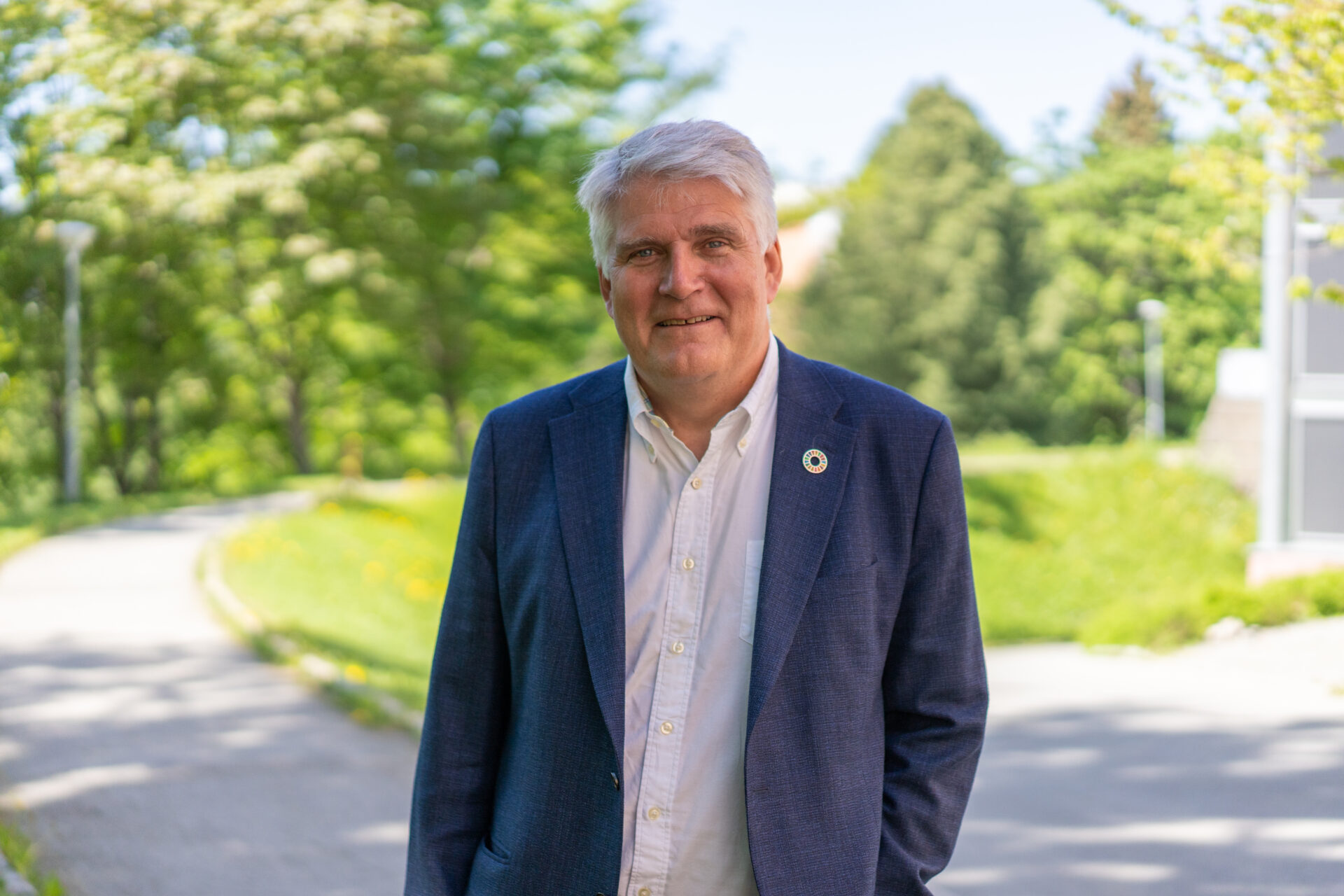


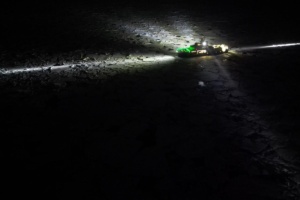

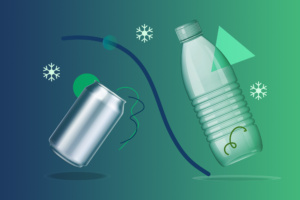

Comments
No comments yet. Be the first to comment!